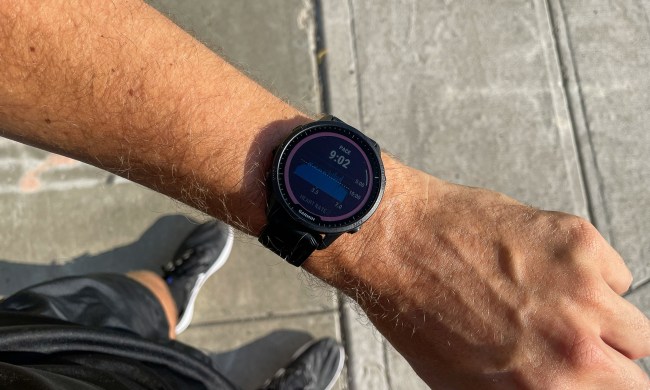It takes a lot of work to keep produce aisles stocked in grocery stores — there’s the planting, tending, picking, and shipping. And even though most of these tasks rely on human labor, farms are becoming increasingly automated.
Researchers at the University of Illinois have developed a Roomba-like robot that can tend to crops autonomously. At Carnegie Mellon, they’re building a suite of A.I. and drones to take on some of agriculture’s most demanding tasks. And just last year, a team of automated machines farmed an acre and a half of barley, from planting to harvesting, without a single human setting foot on the field.
A Swiss company called ecoRobotix recently unveiled its contribution to automated agriculture — a robotic weed-killing machine. The four-wheeled robot doesn’t look like much more than a mobile table top, but Reuters reports that the unassuming machine may reshape the way we approach agriculture.
Some $26 billion is spent on herbicides each year. These chemicals are often indiscriminately sprayed over entire fields of crops that have been genetically modified to resist the chemical onslaught. And it’s agrochemical giants like Bayer, DowDuPont, and Syngenta that usually create both the genetically modified seeds and the chemicals that are sprayed on them.
The ecoRobotix weeder could undercut the agrochemical complex by spraying herbicides more precisely. Powered by a series of solar panels, the robot coasts across the field, using GPS to navigate. A camera extends up from the robot like a long neck, using computer vision sensors to search the ground ahead and distinguish weeds from crops. On its underside, two spider-like arms spray microdoses of herbicide wherever necessary.
At under 300 pounds, the machine has a much smaller footprint than typical farm equipment. It can run autonomously for 12 hours and be also be configured and controlled manually via a smartphone. The company claims a team of its machines can use up to 20 times less herbicide than conventional spraying systems.
The swiss company isn’t alone in its precision spraying approach. A Silicon Valley startup called Blue River develops a device that use sensors to identify weeds and apply efficient amount of herbicides as it’s pulled behind a tractor. The green and yellow farm equipment giant John Deere acquired Blue River last year for $305 million.


